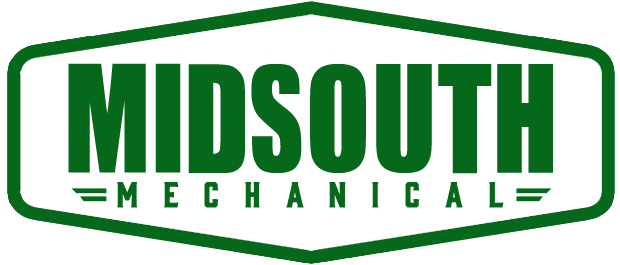Falls are the leading cause of injuries at work sites. Falls can occur from ladders, scaffolding, vehicles, heavy equipment, aerial lifts, openings, platforms, and roofs.
Here is an Example
A supervisor and three employees were placing air handler units on a third-floor mezzanine during a building remodel. The supervisor was using a wheeled pry bar to lift the air handler up so the workers could place a two-inch galvanized pipe under the air handler to serve as a roller. The supervisor was in an area about a foot from the unguarded edge and applying pressure to the pry bar slipped. The supervisor lost his balance and fell 23 feet to the cement below, causing his death.
- How could the fatality have been prevented?
- What safety precautions should the individual have taken? What precautions should the company have taken?
Fall Protection
- Guardrails are required on work surfaces when workers are exposed to falls over 6 feet.
- Guardrails must be 42 inches high. A mid-rail is required.
- The fall protection training program must cover the recognition of potential fall hazards at the workplace for the employee.
- Body harnesses with lanyards and secure attachment points are used when guardrails cannot be provided.


